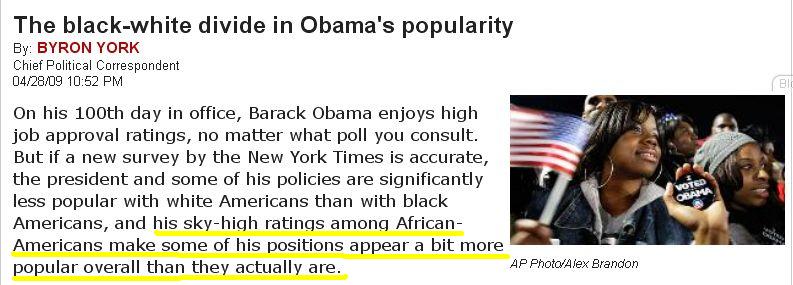Stokely Carmichael, later Kwame Ture, was an activist and Civil Rights leader, rising to prominence in the Student Nonviolent Coordinating Committee, the Black Panther Party, and the All-African Peoples Revolutionary Party.
He popularized the phrase “black power,” which he defined simply as “black people coming together to form a political force and either electing representatives or forcing their representatives to speak their needs.”
Ture believed in the value of nonviolence as a tactic, but did not identify as a pacifist. Violence was a tactic he believed in, too, when it was necessary. And it has, in fact, been a successful tool in the activist toolkit. As Ta-Nehisi Coates writes at The Atlantic:
“Property damage and looting” — perhaps more than nonviolence — has also been a significant tool in black “social progress.” … [It’s] a fairly accurate description of the emancipation of black people in 1865, who only five years earlier constituted some $4 billion in property. The Civil Rights Bill of 1964 is inseparable from the threat of riots. The housing bill of 1968 — the most proactive civil-rights legislation on the books — is a direct response to the riots that swept American cities after King was killed. Violence, lingering on the outside, often backed nonviolence during the civil-rights movement.
What cannot be said is that America does not really believe in nonviolence… so much as it believes in order.
Black people may have to disrupt that order and return violence with violence, yet again. As Stokely Carmichael explains in the video below:
Existentialist philosophers talk about the executioner-victim relationship… The victims begin to fight and agitate for their liberation. They use all types of means to get their liberation… fighting for a position of equality.
After [the victim] tries a number of means and they do not work, he then begins to imitate the means by which his executioner has kept him down. That is usually through force and violence… breaking the one taboo that they’ve never been able to break: hitting back against the executioners.
So that you ought not to be upset if we are violent. The Unites States taught us very well how to be violent.
Watch him here:










